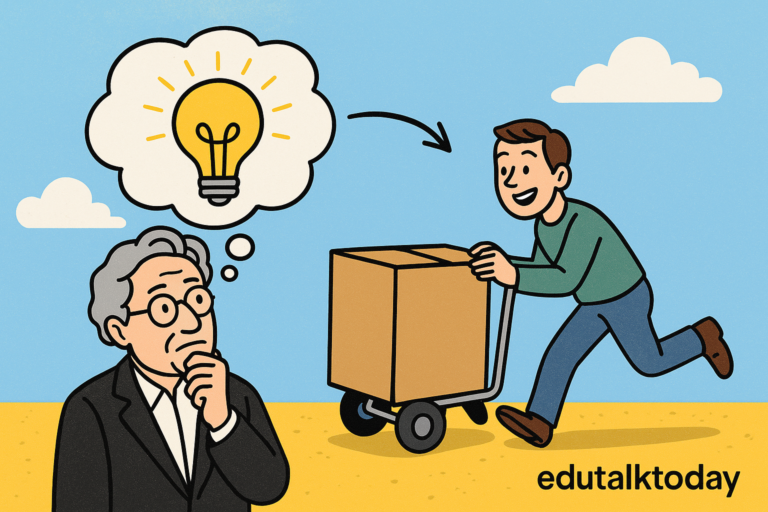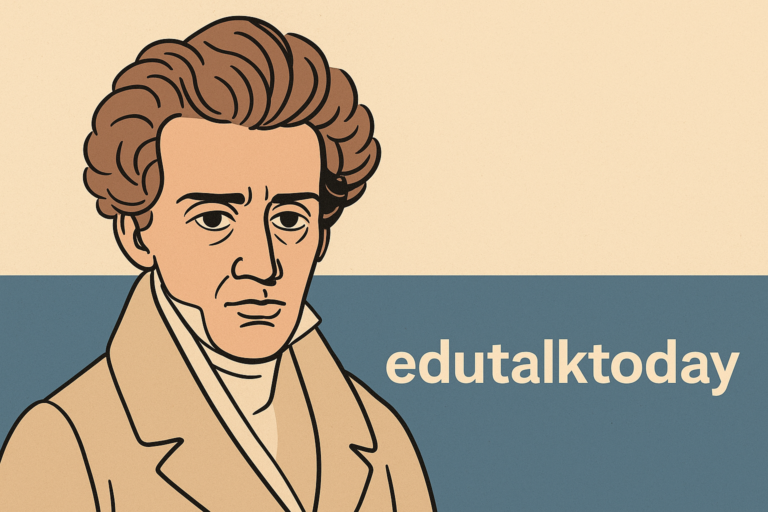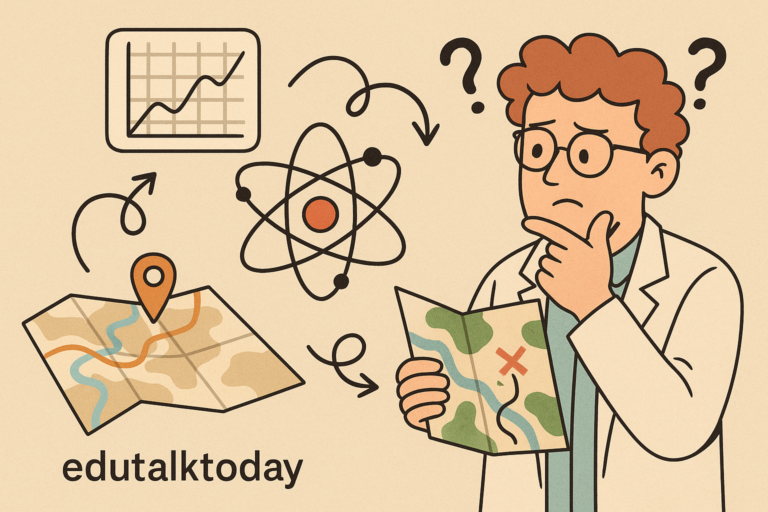The Practical Philosophy of Life According To William James

When I first started revisiting James, it was out of a kind of scholarly nostalgia.
I figured I’d find some useful quotes, maybe something quotable on pragmatism or habit. But the deeper I went, the more I realized how we’ve flattened James into a friendly stepping stone—when really, he’s got teeth. And maybe even claws.
Too often, James gets reduced to a historical moment in the rise of pragmatism or the birth of modern psychology.
But I’m convinced that James still has sharp, underexplored tools for dealing with problems we think are contemporary: epistemic uncertainty, affective reasoning, multi-layered consciousness, and even religious pluralism.
So I want to pitch a few fresh angles. Not a rehash, not reverence—but a second look at ideas you probably know really well, just from a different light. Let’s start with how he saw belief—not just as cognition, but as something felt and acted upon.
Belief Isn’t Just Thinking—It’s a Leap You Feel
Let’s talk about James’s famous essay, The Will to Believe. If you’ve taught it, you’ve probably seen students misunderstand it as James giving permission to believe whatever feels good. But I think experts like us might be misreading it too—just more subtly.
James isn’t giving a license to believe. He’s showing us the structure of how belief actually forms when evidence isn’t decisive and the stakes are personal. And here’s the kicker: he’s doing it through what I’d call affective epistemology—a framework where emotion doesn’t just color belief, but actually drives its formation under pressure.
James Prefigures Predictive Models
Here’s a surprising link: James sounds an awful lot like Andy Clark or Jakob Hohwy when they talk about predictive processing. In James’s view, the brain isn’t passively taking in information. It’s leaping ahead, framing possibilities, and emotionally priming itself to act. He writes:
“Our passional nature not only lawfully may, but must decide an option between propositions.”
Sound familiar? That’s anticipatory coding. That’s affective priors. He’s saying that when we’re faced with a genuine option—live, forced, and momentous—we don’t wait for certainty. We feel our way forward, and the feeling is epistemically valid.
Belief as a Moral Act
What I find radical about this isn’t just the psychology—it’s the ethics. For James, choosing to believe isn’t a cop-out. It’s an act of responsibility in the face of uncertainty. He doesn’t say “believe whatever.” He says: when the evidence cannot settle the matter, and not choosing would mean missing out on truth, then believing becomes a moral obligation.
Take his example of friendship: if I want you to trust me, and I wait for evidence that you already do, I might never act in a way that invites your trust. But if I act as if you do, I might co-create the trust through action. That’s belief as performative, almost enactive.
Compare that to how we handle uncertainty today in AI ethics or risk modeling. We’re often stuck in an evidence loop, reluctant to act until the math is “right.” James reminds us: sometimes you have to stake a claim first, because not acting is a choice with consequences.
Why This Still Matters
Let me pause here and say—this is more than historical curiosity. We live in a world where Bayesian reasoning, utility theory, and decision algorithms dominate how we think about belief and choice. And they’re useful—but they don’t capture the human dimension that James nails.
He gets that belief is embedded in risk, urgency, and emotion. And crucially, that these aren’t “biases” to be overcome. They’re core features of how belief works in actual people.
James shows us something the rationalist models miss: people believe not only because of evidence, but because of what’s at stake in believing.
So yeah—James may have written that in 1896, but honestly? He’s still ahead of us.
What We’re Still Missing About James on Religion
If you’ve taught The Varieties of Religious Experience, you know the drill: James is generous, open-minded, and pragmatic about religion. Students usually like him because he’s not trying to debunk faith. But let’s be honest—as scholars, we tend to treat that book like it’s a one-off side project. A humane take on religion, sure, but not core theory.
That’s a mistake.
James wasn’t just doing psychology of religion—he was building an experimental metaphysics, and most of us have barely scratched the surface of what he was trying to do.
To get at what I mean, let me give you five under-discussed insights from Varieties that point to a deeper James—one that isn’t just observing religious experience but actively redefining what counts as knowledge, reality, and truth.
1. Religious States Aren’t Marginal—They’re Epistemic Stress Tests
James doesn’t approach religious states like outliers. He treats them as critical test cases for understanding consciousness itself. Think of how physicists treat black holes—not as exceptions, but as places where theories get pushed to the edge.
In mystical states, the boundaries between self and world blur. Cognitive control fades. Time distorts. For James, that’s not a bug; it’s a feature. These states show us what non-ordinary cognition looks like—what it feels like to inhabit a pluralistic universe where logic isn’t the only mode of sense-making.
That pluralism? It’s not just tolerance. It’s an ontological claim.
2. “Over-Beliefs” Are Part of Knowing, Not Just Cultural Baggage
James introduces the term “over-beliefs” to describe the assumptions that undergird religious experience—assumptions about the soul, about purpose, about cosmic moral order.
Here’s the move that often gets missed: James isn’t trying to strip those away. He’s showing that even empirical science is built on over-beliefs. He writes:
“Our passional and volitional nature lays hold of evidence in a different way than our intellects alone.”
So belief in scientific method, progress, or even objectivity—these are “over-beliefs” too. James invites us to stop pretending that some belief systems are belief-free. It’s a kind of epistemological humility most of our disciplines still resist.
3. Religious Experience Can Be Psychologically Valid Without Metaphysical Certainty
One of James’s boldest insights is that we can evaluate religious experiences psychologically—without needing to prove their supernatural truth. This distinction is subtle but critical.
For example, he suggests that conversion experiences and mystical visions can be transformationally valid—meaning they reorganize a person’s inner life, generate meaning, and increase what he calls “existential cash value”—even if we remain agnostic about their metaphysical source.
In other words, James sidesteps the “is it real?” trap. He’s more interested in whether it works—existentially, ethically, and emotionally.
Compare that to today’s debates around psychedelics and spiritual authenticity. James’s approach offers a more nuanced framework than the tired “hallucination vs. revelation” binary.
4. His “Twice-Born” Typology Anticipates Trauma Psychology
The “twice-born” versus “once-born” distinction in Varieties—often dismissed as quaint—is weirdly ahead of its time. James suggests that some people are naturally reconciled with the world (once-born), while others must be broken down and reconstituted through crisis (twice-born).
That maps remarkably well onto modern trauma theory.
Trauma researchers today emphasize how personal breakdowns—whether via PTSD, loss, or illness—can lead to post-traumatic growth, reconfigured values, and existential meaning-making. James got there over a century ago.
But even more impressively, he treats that process without pathologizing it. He takes suffering seriously as a spiritual reorganization. That’s rare.
5. James’s Pluralism Is a Form of Experimental Realism
We tend to treat his religious pluralism as a soft moral stance—“live and let live.” But there’s a deeper claim: different kinds of reality might be accessible through different kinds of consciousness.
That’s not relativism. It’s multi-modal realism. For James, a religious worldview isn’t true instead of the scientific one. It’s true through a different lens—backed by its own evidence, logic, and utility.
He’s not saying “everything is true.” He’s saying: “Reality might be layered. And different states of mind give you access to different strata.”
That’s a radical metaphysical move—and we’re still catching up.
Why James’s Ideas About Action Still Hit Hard
We talk a lot about James’s pragmatism, but let’s zero in on what that really means—especially around action, habit, and decision-making. Most of us learned to cite James for his “cash value” line and move on. But there’s much more there if we press in.
Here’s the real question James was asking: How do people act when there’s no clear rulebook?
That question still burns. We see it in moral philosophy, decision theory, AI alignment, even crisis leadership. And James gives us some answers that aren’t about more data. They’re about how people build the capacity to act in the fog.
Belief Follows Action, Not the Other Way Around
James flips the standard model. Most theories go: belief → intention → action.
But James? He says action often precedes belief. It’s through the doing that we clarify what we believe, and even change what’s possible to believe.
Think about his example of walking across a plank high in the air. If you believe you can’t do it, you’ll freeze. But if someone coaxes you to try, and you take a step, that action might generate a new belief: “I can.”
That’s not mind-over-matter. It’s matter-over-mind-in-progress.
This logic applies directly to things like social change. You don’t wait to believe that society can improve—you act as if it could. And that action helps create the conditions where belief becomes reasonable.
Habits Are Not Just Repetition—They’re Ethical Infrastructure
In Principles of Psychology, James says habits are the “enormous flywheel of society.” But that’s not just a metaphor.
He’s describing how action shapes character. Habits, for James, are moral grooves—patterns of doing that anchor us when theory fails. They’re how we stay upright when our intellectual understanding falters.
Let’s make that concrete: You don’t need to be sure that kindness always works. You just need to act kindly often enough that, when faced with ambiguity, you default toward grace instead of fear. That’s a Jamesian ethic.
In today’s culture of infinite choice, James is offering a quieter wisdom: commitment isn’t clarity—it’s courage repeated.
Acting Under Uncertainty Is a Moral Skill
This one’s big. James doesn’t just say we have to act under uncertainty—he says we get better at it.
And here’s where he sounds shockingly modern. In today’s language, we might call this “moral uncertainty literacy.” Think of leaders in a crisis. Or doctors making impossible calls. They’re not acting with certainty—they’re trained to act ethically without it.
James’s work can sharpen those conversations. He teaches us that inaction is also a form of choice—and often the worse one. The refusal to decide because the stakes are high is, ironically, an abandonment of moral agency.
His famous line:
“The art of being wise is the art of knowing what to overlook.”
isn’t about carelessness. It’s about choosing to prioritize actionable truth over paralyzing analysis.
That’s not anti-intellectual. It’s post-analytic. And it’s practical wisdom, in the best sense.
Quick Wrap-Up
James doesn’t need to be rescued from history—he needs to be re-integrated into our frameworks now. He was already asking the questions that define our current moment:
- How do we act ethically under uncertainty?
- What counts as valid knowledge beyond data?
- How do belief, emotion, and risk intertwine?
- Can different realities coexist—and be real?
I’m not saying James has all the answers. But I am saying this: he was asking better questions than most of us are today. And if we take him seriously—not just historically—we might just move forward with a little more clarity, courage, and grace.





